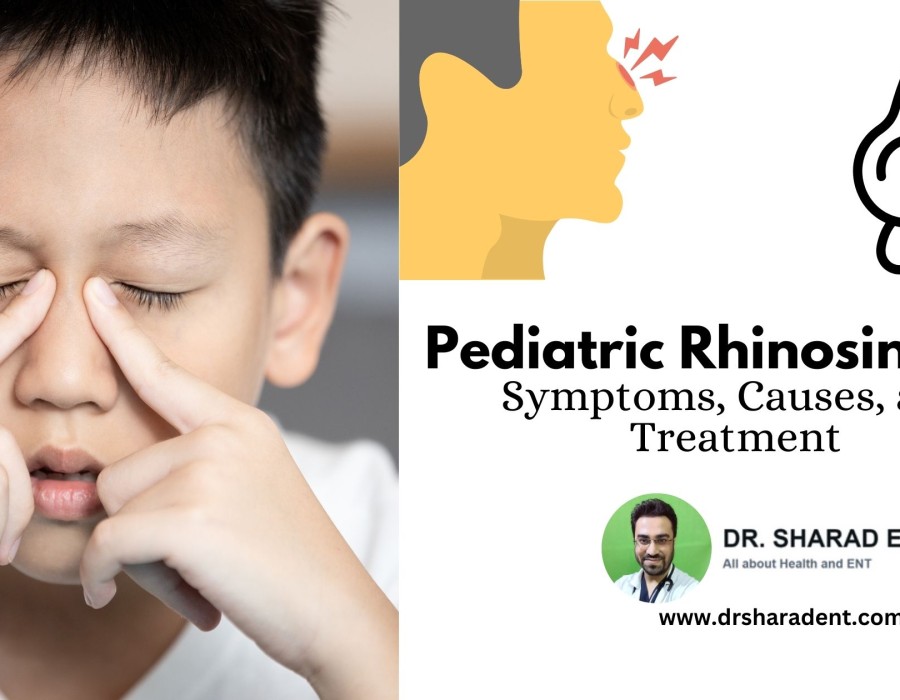Pediatric rhinosinusitis is the infection process in a child's sinuses and nasal passages. Though similar to adult sinusitis in many ways, pediatric rhinosinusitis can have much more severe implications on a child's health and well-being when chronic or recurrent. Understanding the symptoms, causalities, and treatment of pediatric rhinosinusitis in children and its relationship to adults, parents, and caregivers can take the situation better and determine when to seek medical intervention at a good time.
What is Pediatric Rhinosinusitis?
Pediatric rhinosinusitis is a swelling of the sinuses, which are the spaces involving the face and the bones of the skull. The sinuses create mucus that drains through the nasal passages, but if that process changes to inflammation, the mucus ceases to drain appropriately and gets trapped; this leads to infection. The two general categories of pediatric sinusitis are:
- Acute Rhinosinusitis lasts less than 30 days and is often resolved by treatment. It frequently occurs as a complication of the common cold or viral infection.
- Chronic sinusitis persists even with treatment and causes continuous symptoms, which affect the child's quality of life.
Pediatric Rhinosinusitis Symptoms
Pediatric rhinosinusitis in children has varying symptoms that depend on a child's age and the infection's severity. In children younger than six or seven, the symptoms may be subtle and somewhat complex to distinguish from symptoms of a cold or an allergy. There are several key symptoms that parents and caregivers should watch for:
Nasal stuffiness and discharge
The most common symptom of rhinosinusitis in children is nasal congestion that persists for 10-14 days. It may be associated with thick, yellow, or green nasal discharge that does not improve over time. The child will have difficulty breathing through the nose so he may breathe through the mouth.
Facial Pain and Pressure
Older children may describe their sensation as pain or pressure in the face, particularly in areas surrounding the eyes, forehead, and cheeks. The sensation of discomfort increases when the child bends forward or lies down. Younger children cannot verbalize their pain. Instead, they may rub their face or become irritable rather than playful.
Coughing
Another common symptom of pediatric rhinosinusitis in children is coughing, especially at night. The cough can result from postnasal drip mucus going down the back of the throat due to drainage, which may tickle the throat and produce a chronic cough.
Fever
Low-grade pyrexia- indoctrinated mainly in the early phases of acute rhinosinusitis. A high temperature greater than 102°F or 39°C- may be the hallmark of a more severe infection or complication and requires assessment by a qualified healthcare professional.
Fatigue and Irritability
Tiredness implies a lack of energy and can occur in a child with rhinosinusitis due to the body's immune response to the infection, altered sleep from nasal congestion, or even discomfort with facial aches. Tiredness could lead to crankiness, loss of appetite, and lack of concentration in school.
Conclusion
Pediatric rhinosinusitis in children is a pervasive problem that, if not appropriately managed, can severely impact a child's health and daily life. Early recognition of symptoms and causes, with proper treatment, can reduce the severity of this disease and generate better outcomes for affected children. If your child shows signs of rhinosinusitis that don't appear to get better or worsen, consult your healthcare professional for a full work-up of the problem and an individualized treatment plan.






Comments